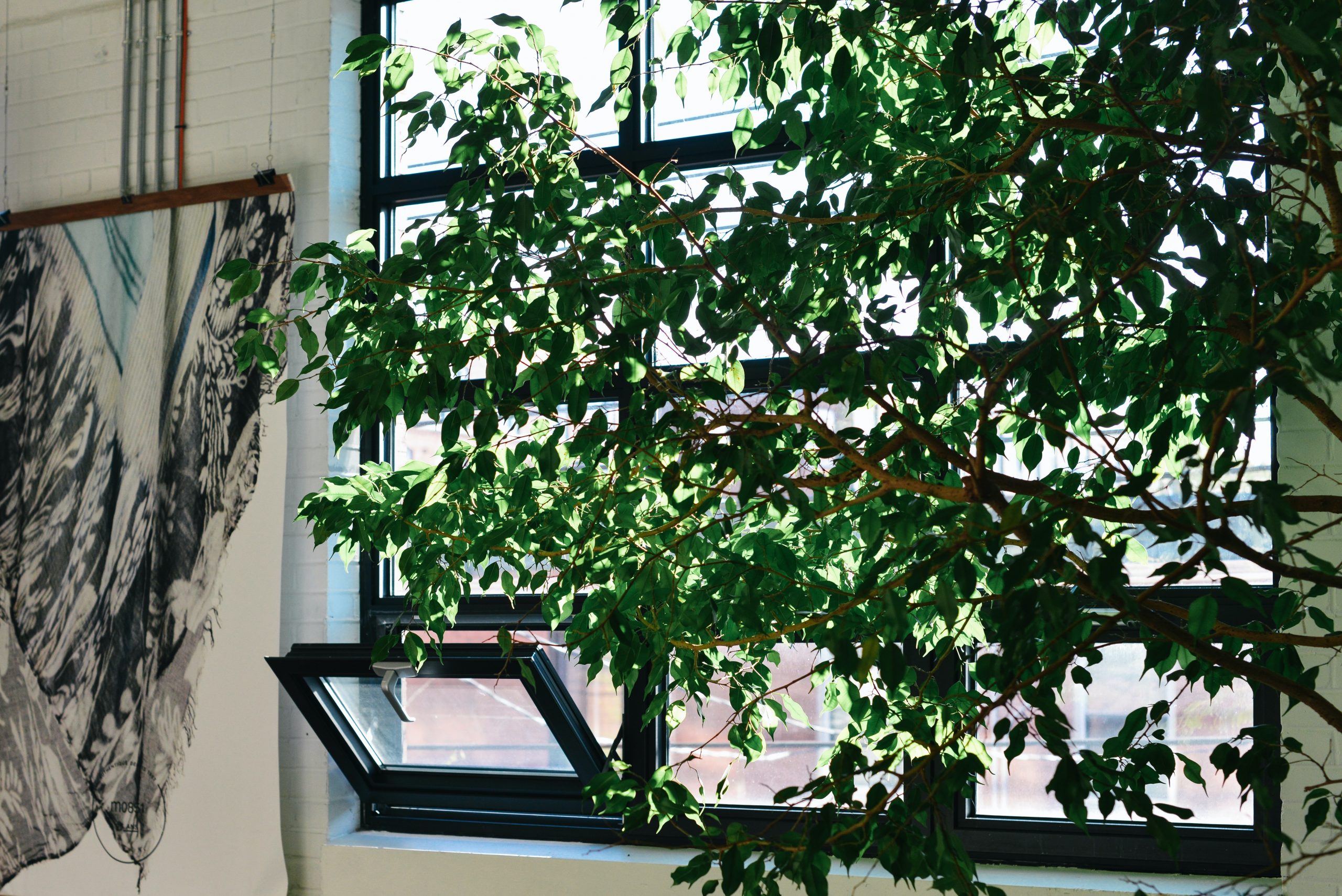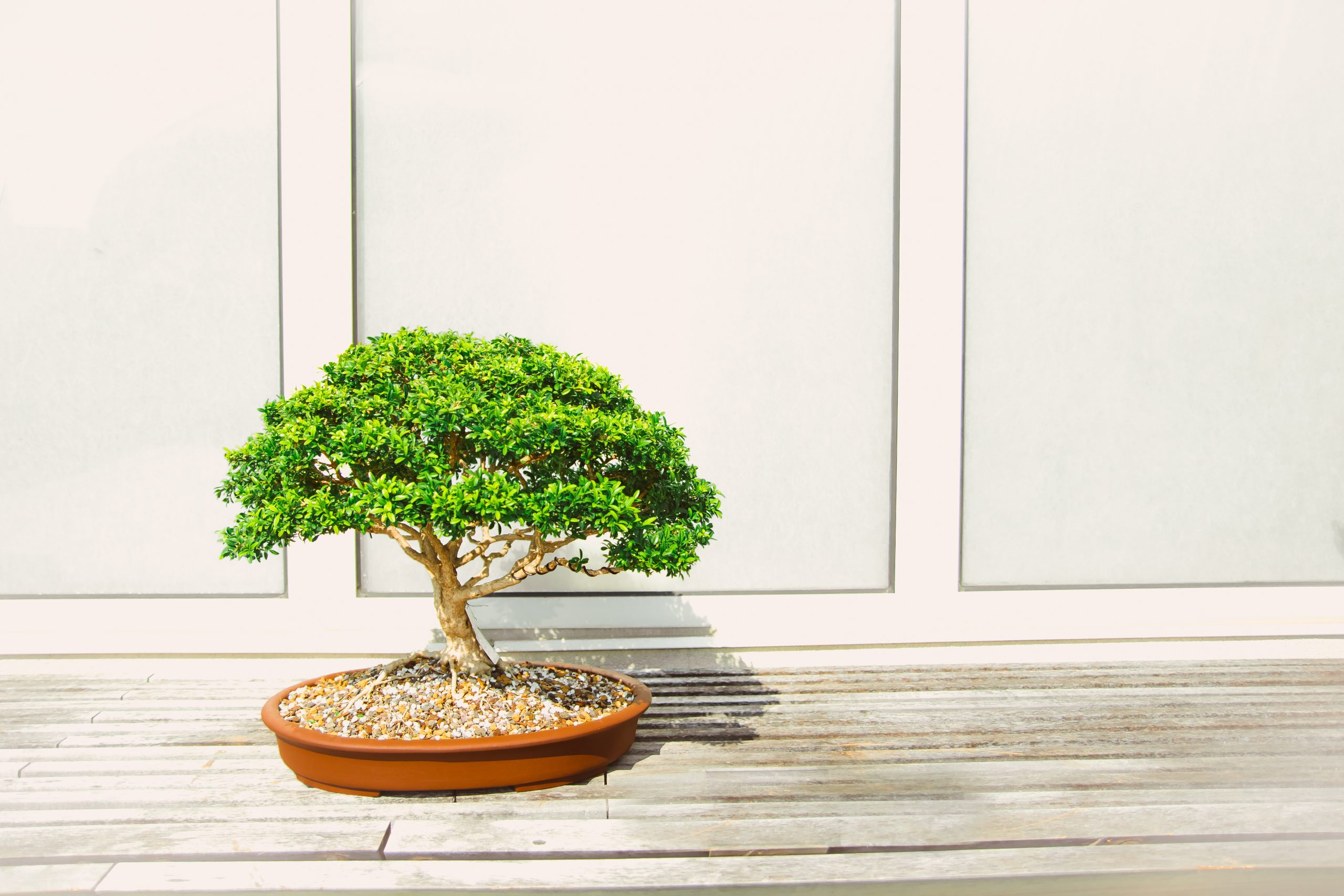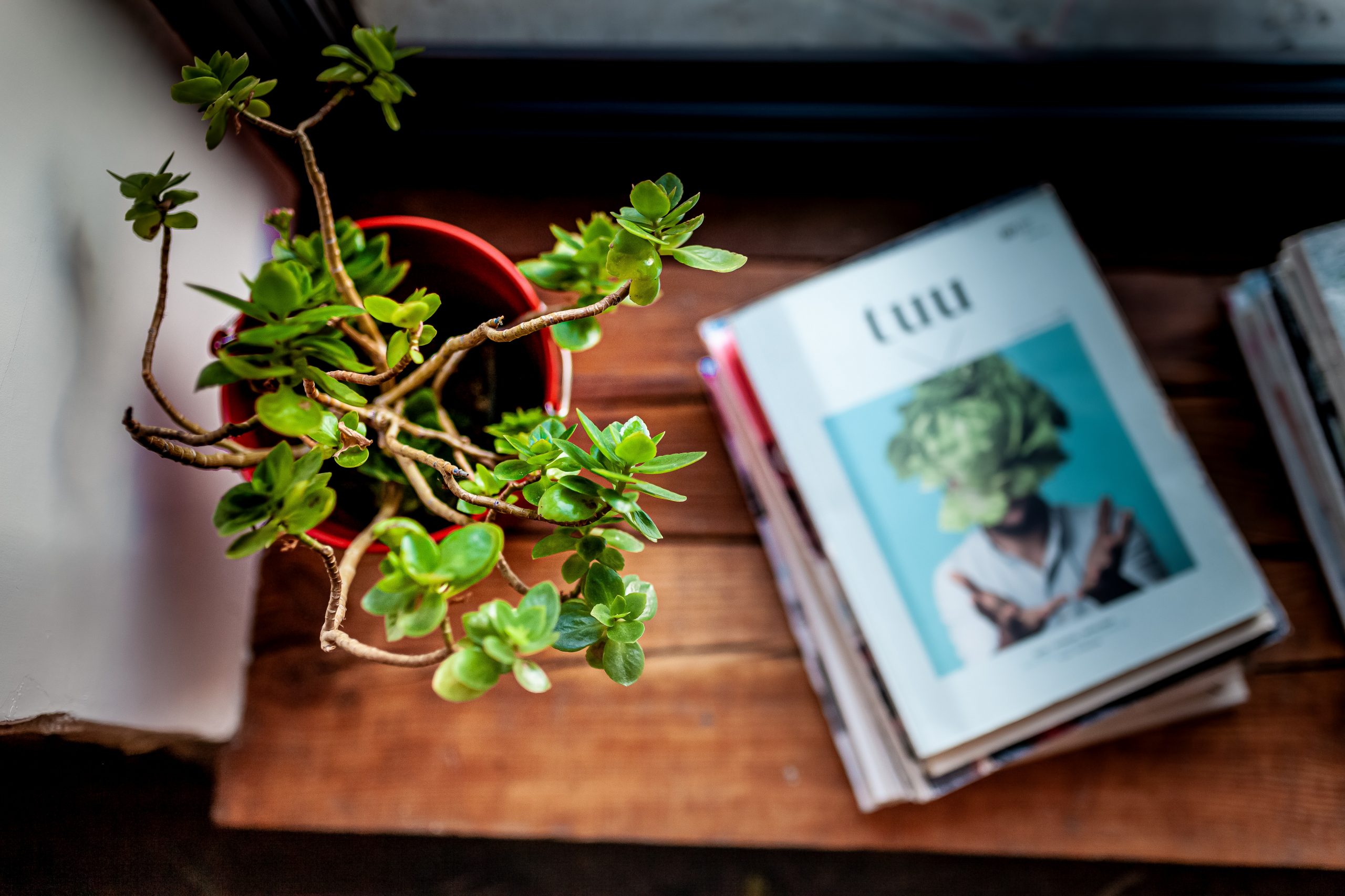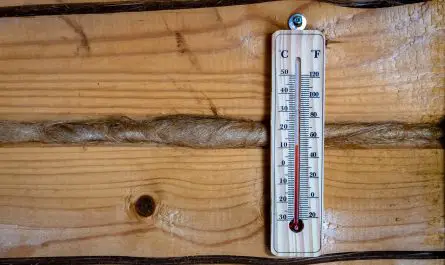Ficus pumila differs from other plants of the same species. Indeed, as a general rule, the ficus is a rather imposing shrub that we find in pots in our interiors. The ficus pumila, which is also sometimes called dwarf fig or creeping fig, is however very different since it retains its small size throughout its life. Visually, the ficus pumila seduces with its original appearance and its small sinuous lianas that can climb on different types of supports.
With a little common sense, you will easily manage to maintain this plant with its depolluting properties. In this article, we reveal our best tips and advice to know how to perfectly master the cultivation of ficus pumila. Follow the guide !
What are the characteristics of ficus pumila?
Ficus pumila belongs to the Moraceae family. Originally, it grows in Asian countries such as Japan, China or Vietnam. In its natural environment, the tendrils of the ficus pumila can reach up to 4 meters along a tree. However, indoors it retains a much smaller size. So you don't have to worry, your ficus pumila will never reach the ceiling!
The leaves of the ficus pumila are heart-shaped. If the plant stays low enough, the stems will not hesitate to climb any support they find. They will then grow, while overflowing from the pot. You get a pretty green plant that falls out of its pot. The ficus pumila will evolve throughout its life and its leaves will grow as it ages. Thus, the older it gets, the more imposing it will be.
The ficus pumila is known to be a depolluting plant, ideal for our interiors. Thanks to its presence, you breathe healthy air, devoid of any pollution. It is a fast-growing vine with branching stems. The flowers are rare and they are almost invisible when they are present. The fruits are even rarer and they are not edible at all.
What substrate for ficus pumila?
In the spring, you will be able to plant, repot and also plan your ficus pumila. This one usually likes a mix of garden soil and leaf potting soil that you can make yourself. Do not hesitate to place a layer of clay balls in the bottom of the pot. This will promote drainage and thus avoid drowning the roots of the plant.
A green plant potting soil is also an excellent substrate, whether for planting or for repotting ficus. Preferably choose a more acidic substrate. Enriched with fertilizer, it thus contains all the nutrients necessary for the proper development of ficus pumila. If the plant is a little too developed to be repotted, then you can do a simple surfacing. Then remove a little soil on the top of the pot and replace it with new potting soil. In general, remember that the ficus pumila appreciates rich, well-drained and cool soils.
Here are the substrates we recommend for optimal growth of ficus pumila:
A nutrient-based potting soil ideal for ficus pumila. Easy and quick to use, it is suitable for repotting but also for surfacing the plant.
A ready-to-use soil specially designed to obtain vigorous plants.
A balanced substrate in peat and coconut fibers. It contains a dose of clay which considerably reduces the watering of the ficus pumila.
See all universal potting mixes available on Amazon
How to properly cut the ficus pumila?
Ficus pumila is propagated by cuttings or by layering. The cuttings are done with fragments of stems that have aerial roots. After taking the cutting with a small chisel, it should be planted in a pot filled with substrate. Preferably, choose a rather light one. Before planting your ficus pumila cutting, you can soak it in cutting hormone. This will accelerate the development of the roots but also facilitate rooting.
Ficus pumila cuttings are stem cuttings. To do this correctly, you will need to select a leafy, non-flowering twig about 10 centimeters long. With a small chisel, cut the twig just above a knot. The lower leaves should always be removed. If the top leaves are too long, you need to trim them as well.
Multiplication can also be done by layering. A fairly long branch must then be kept partially buried in another pot. In the hot season, it will take root deeply and it can then be definitively separated from the original plant.
Here are the accessories we recommend to properly cut the ficus pumila:
An ergonomic design that allows the tool to be used comfortably. This accessory is ideal for taking the cutting.
A particularly effective product which promotes healthy and robust roots. It helps promote the formation of new roots on the cuttings. It can be used all year round.
A nutrient-based potting soil ideal for ficus pumila cuttings. Its specific composition allows a deep rooting of the new plant. It contains fertilizer which promotes a healthy ficus.
Accessories to maintain the ficus pumila
The ficus pumila is a particularly water-hungry species. If it is poorly hydrated, the plant can greatly dry out its foliage.. For optimal hydration, mist the plant regularly and barely allow the soil to dry out between two waterings. You can also bathe the plant from time to time. This technique makes it possible to re-moisten the clod correctly without risk of rotting the foliage. The drenching consists of placing the base of the pot in the water. This will gradually infiltrate through the evacuation holes in the plant pot. Thanks to the capillarity phenomenon, the water will then rise to the surface of the root ball.
The container culture of ficus pumila greatly limits its development. However, it may still be necessary to prune it regularly. In spring or summer, pinch, that is, cut off the ends of too long stems. Pinching off the young stems will thus promote branching of the ficus pumila.
Here are the accessories we recommend to properly maintain the ficus pumila:
A fogger that has an adjustable nozzle to adjust the intensity as well as the mode of the fog. By simply turning the nozzle, you can tailor the misting to your needs.
With its long spout, this tool allows precise watering at the foot of the ficus pumila.
An extremely solid basin in which you can soak your ficus pumila without any problem.
Choosing the right support for the ficus pumila
Most often, the ficus pumila is grown on a support. However, it is also possible to install it in suspension, in a pot. Many people like to grow ficus pumila in hanging baskets, with their stems hanging down. If the plant looks pretty enough grown this way, it's important to know that it doesn't always appreciate being treated this way.
The ficus pumila clings very easily to the support on which it runs. It is thanks to its small root crampons that it is able to perform this feat. Grown as a houseplant, the dwarf fig tree can drop from its small pot onto an indoor green wall. It is also possible to help it climb on a trellis or use it for terrarium plantings. If you decide to let Ficus pumila climb up a trellis, a moss post, or even a wall rather than falling from a pot, you should see some behavioral changes. It is even highly likely that the plant will gradually begin to produce larger leaves.
Here are the best supports and pots we recommend to accommodate the ficus pumila:
This modern plant stand adds a pretty decorative touch to your home. It can be hung from a hook on the ceiling or on the wall.
This climbing plant trellis can be placed in the garden, on a balcony or even in your interior. It will welcome your ficus pumila without any problem.
An expandable trellis for stable growth of ficus pumila.
The ficus pumila is a pretty houseplant that will make an impact in your living room. In some parts of the world it is sometimes grown outdoors. It is sometimes even considered invasive. With appropriate care and the right equipment, you will have no trouble maintaining your ficus pumila and ensuring it a long and beautiful life!




